
Inline engines: Design and application
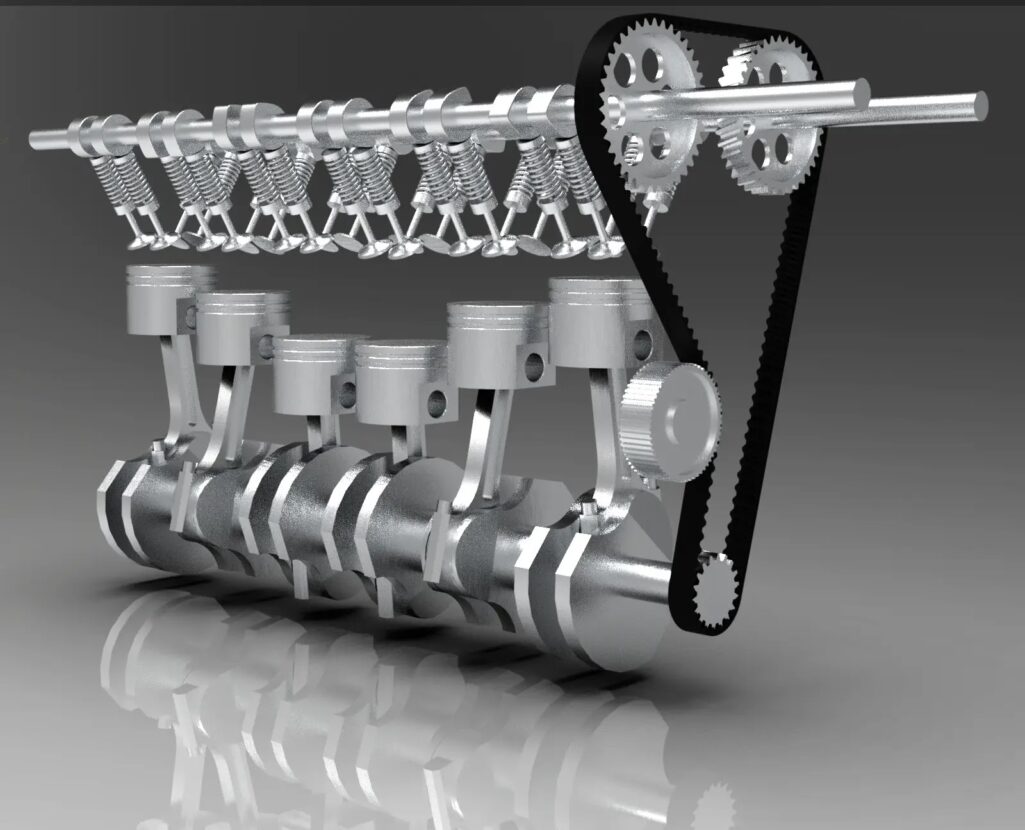
The Inline Engine is a simple and straightforward engine design. The cylinders of this kind of engine are arranged in a straight line, as indicated in the figure. Because all cylinders are in a single line, this engine is often referred to as a ‘Straight Engine.’

The inline engine may have two, three, four, five, six, or eight cylinders. The naming of a vehicle is typically denoted by either I4 or L4 (straight 4). Inline engines are commonly used in cars, small, medium, large commercial vehicles, heavy machinery, and marine applications.
Boxer engine: Design and Application
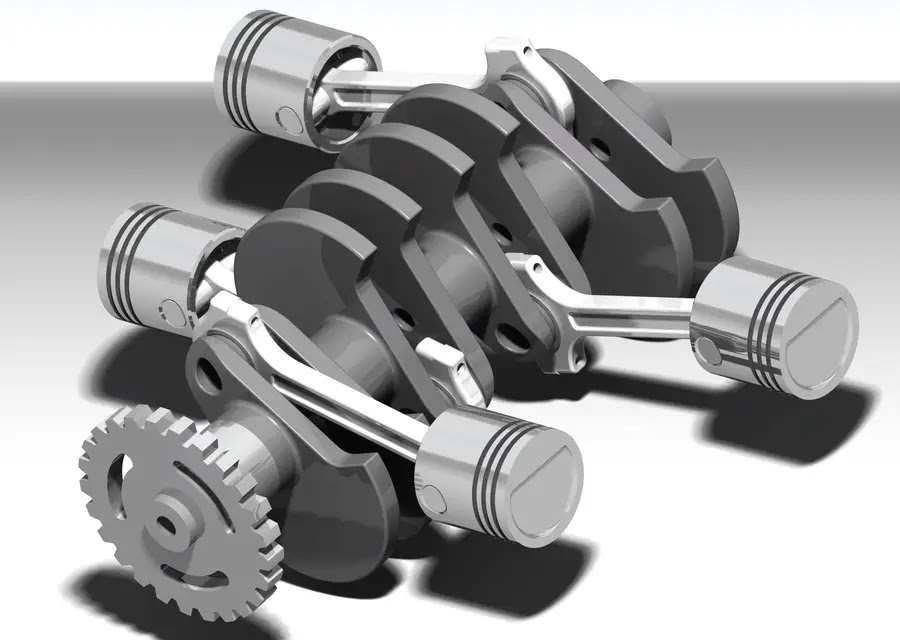
The Boxer engine is the most common type of horizontally opposed engine, it is an internal combustion engine with opposing cylinders on each side of a central rotating crankshaft. When the cylinders are arranged in this manner, the opposing pistons move inward and outward simultaneously. Since 1897, Volkswagen and Subaru have used Boxer-four engines in cars. It has also been used in motorbikes and planes.
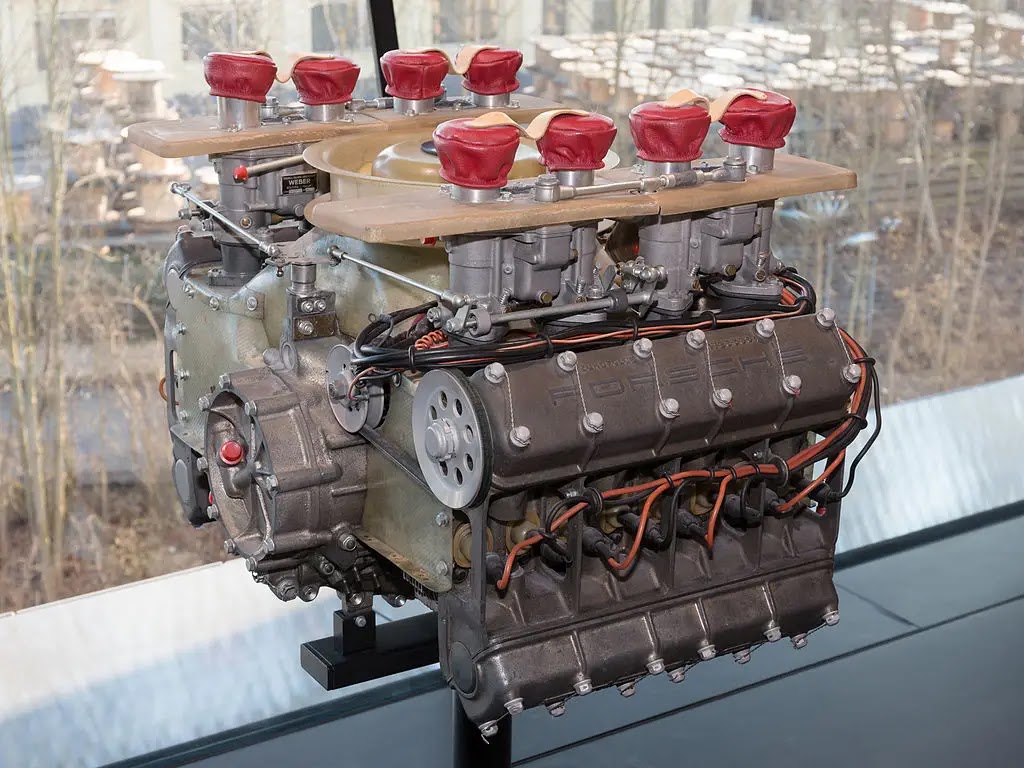
Boxer vs. Inline
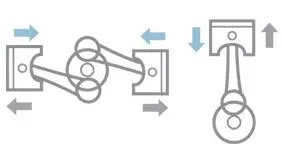
Both boxer and inline layouts are based on internal combustion engines, but the design difference leads to pros and cons for each type. I’ve listed the major topics that matter when we compare these two engines. Which are: Complexity, Maintenance, Cost, Reliability, Size, Center of gravity, and balance. I will discuss each point to choose which engine is better in each category and which layout is the best.
Complexity
In inline engines, there is simply one cylinder bank and one head. Block castings are basic and straightforward to create. Furthermore, OHC engines require just one or two camshafts. There is also only one head gasket to be concerned about. The intake and exhaust systems are significantly simple.
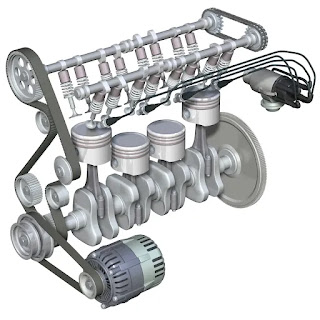
A boxer engine requires two heads and extra cams, two exhaust manifolds, and a complicated intake manifold. The engine block is far more complex than an inline, and it cannot be built with a one-piece block. As a result, The Boxer configuration is much more complex than inline.
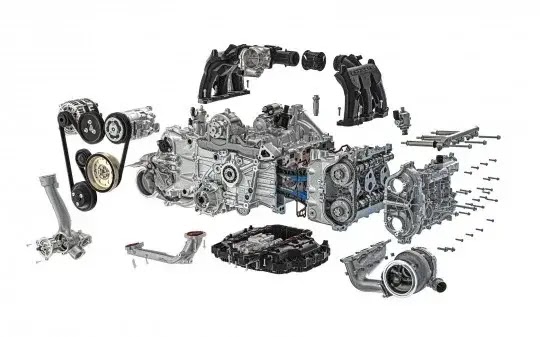
Maintenance
In boxer engines, Parts are hidden beneath the engine. Because the heads face the fenders rather than the outside air, space might be limited while replacing spark plugs or heads. In addition, rather than lifting the main caps, the engine cases must be split to remove the crankshaft as in an inline.

Inline engines are easier to maintain. Compared to flat designs, everything is easily accessible. Because inline engines are thin, the typical I4 is ideally suited to transverse FWD vehicles.
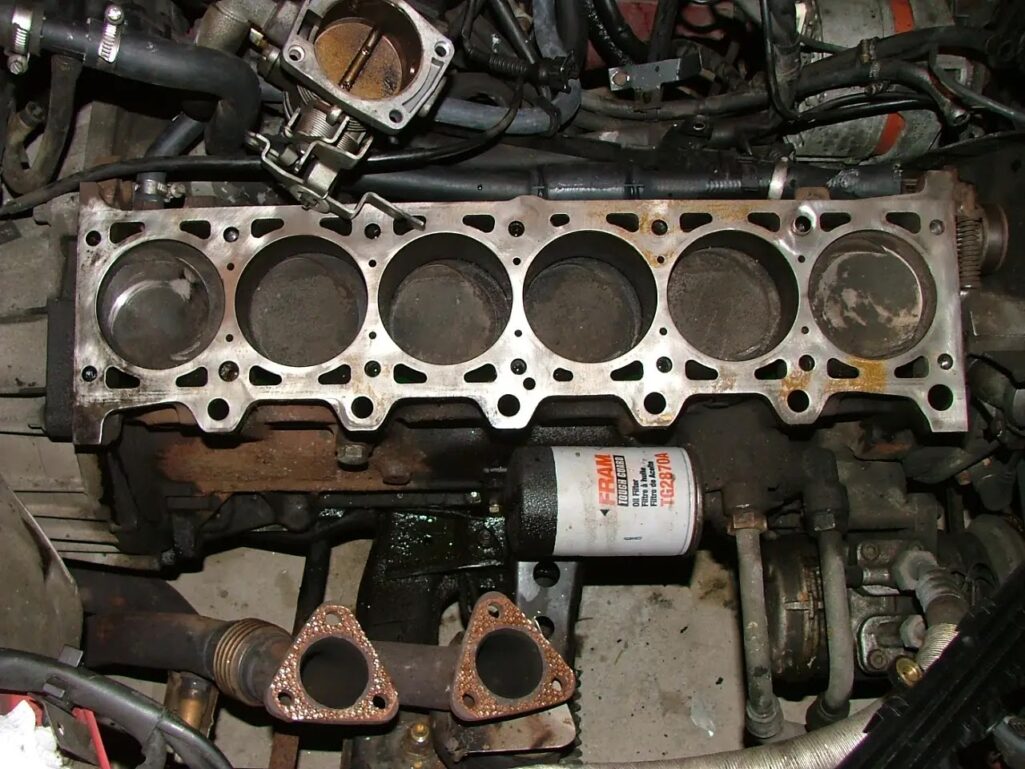
Cost
The additional complexity of boxer engines raises the engine’s cost. In addition, difficult maintenance increases maintenance expenses. In comparison, inline engines fewer parts cost less, even if they are bigger, such as one head gasket for four cylinders instead of two heads for boxers. In addition, Fewer catalytic converters are required in inlines, resulting in significant cost savings.
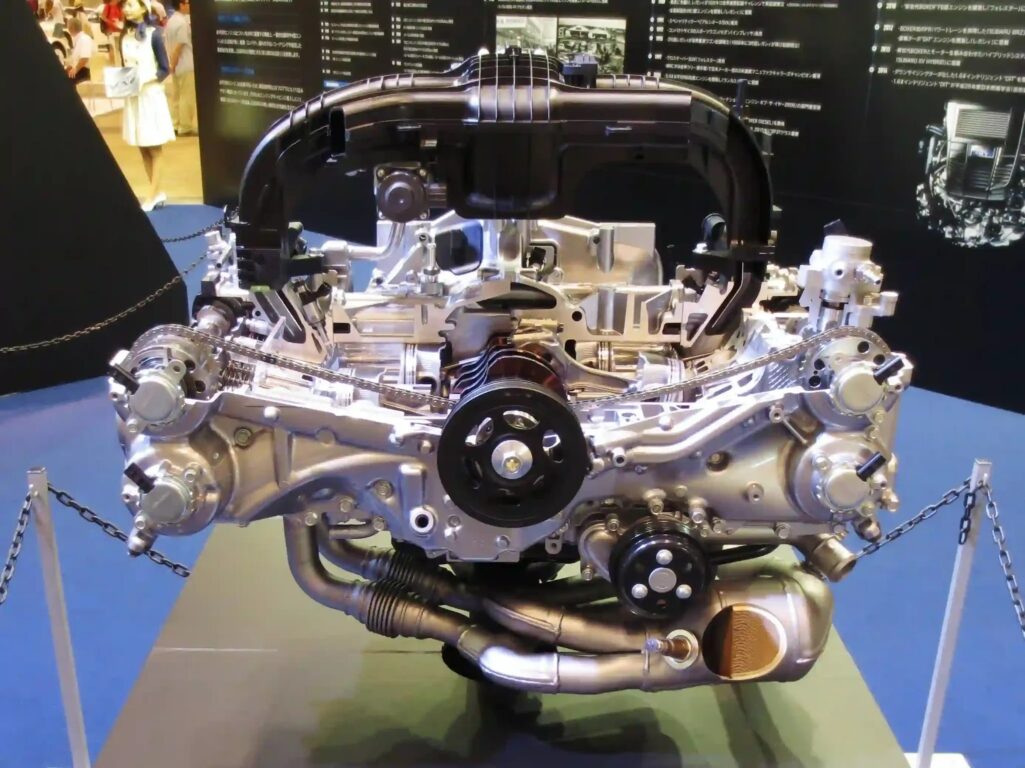
Reliability
Reliability is a direct outcome of simplicity. In situations where dependability is critical (such as diesel engines used in large vehicles and maritime applications), inlines are superiors.
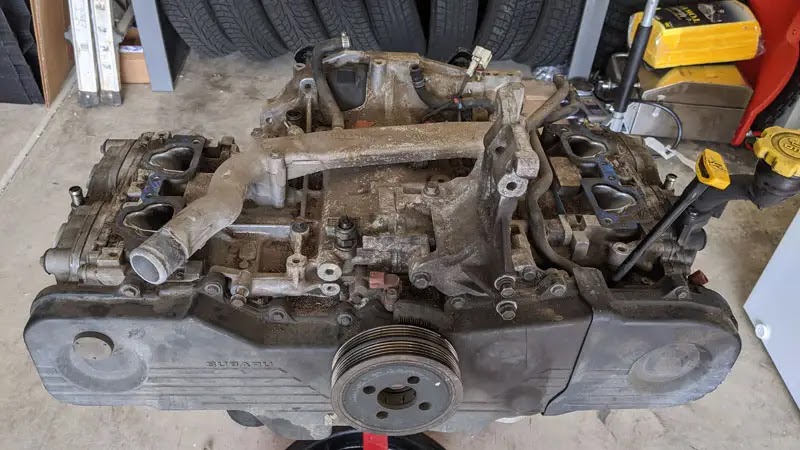
When it comes to draining oil from the cylinder heads and walls, inline engines have gravity on their side. A boxer, on the other hand, is a different story. This implies that more oil will gather around valves and on cylinder walls. As a result, more oil will leak through the valve stem seals and piston rings.
Size

As the number of cylinders rises, inline engines can become unmanageably lengthy, making it very hard to fit in an engine bay. As a result, inline engines are generally limited to six cylinders (though I8s are sometimes manufactured). Even I6s are difficult to fit in many vehicles, especially in transverse layout. The boxer engine is shorter for a given number of cylinders. It is typically laying flat in the car, occupying up less space.
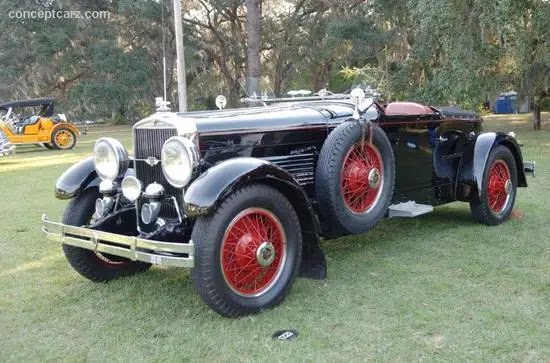
Center of gravity
Because Boxer engines are lower, the vehicle has a lower center of gravity. This can improve handling.
Balance
Inline engines have Issues with balance, particularly on larger displacement I4 engines. Balance shafts are required on a large number of these engines to reduce vibrations. This increases the cost and weight of the item.
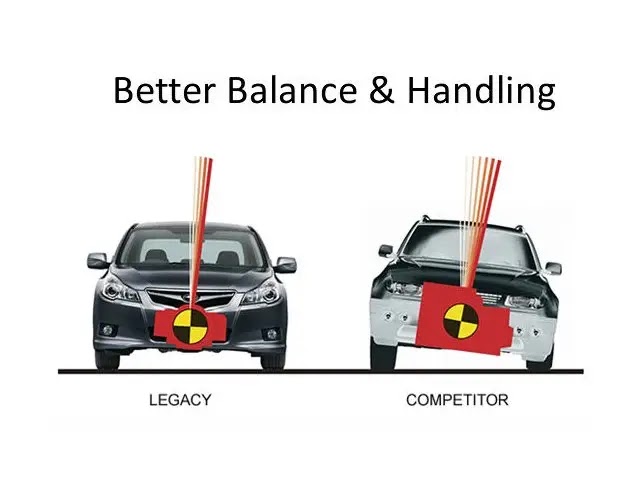
Inline six engines are exceptionally balanced because they have an even firing interval. But lengthy crankshafts in inline engines with six or more cylinders cause torsional vibrations. This can potentially cause engine damage. This also limits the number of cylinders.
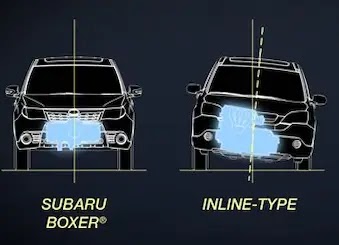
A boxer engine is well balanced, and they don’t require a balance shaft to reduce secondary vibrations. exceptionally the boxer twin-engine, which is only two cylinders which BMW motorcycles application in motorbikes is not that balanced, and it requires a balance shaft

Is the Boxer engine better than inline?
For an odd number of cylinders, boxers don’t exist, while inlines are the best because they have minimum primary and secondary vibrations.
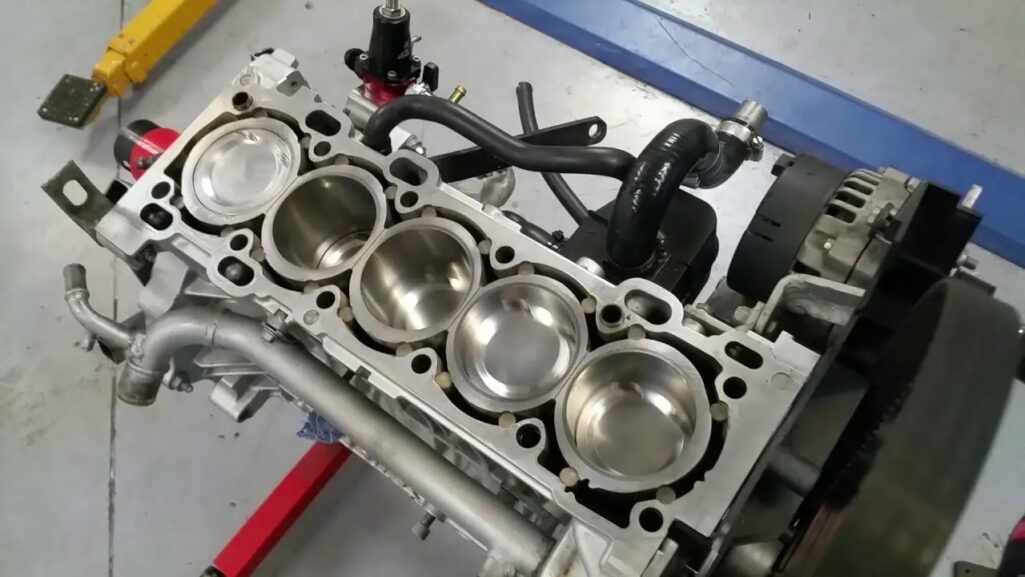
Boxers provide the greatest smoothness for an even number of cylinders but are also the most costly. whereas inlines are not practical for a big number of cylinders (8+) Although inline 4’s have some primary and secondary vibrations, these may be reduced using a balancer shaft.

The Boxer engine is better balanced, has a lower center of gravity, and occupies shorter space than an inline. However, it’s more complicated, expensive, and harder to maintain, leading to reliability issues. I love to hear your thoughts. What do you think of both engines, and which configuration do you prefer? Share your thoughts in the comments section below.

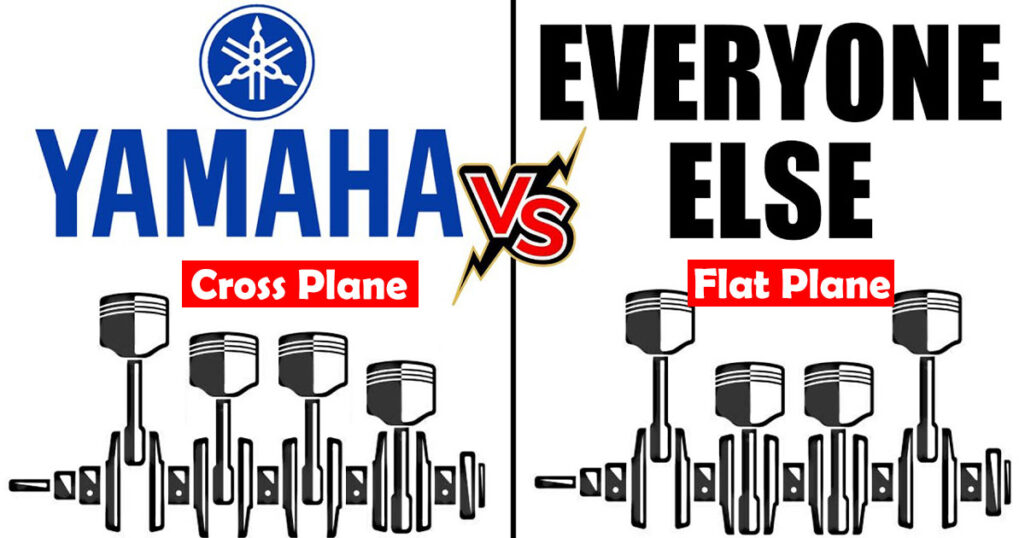
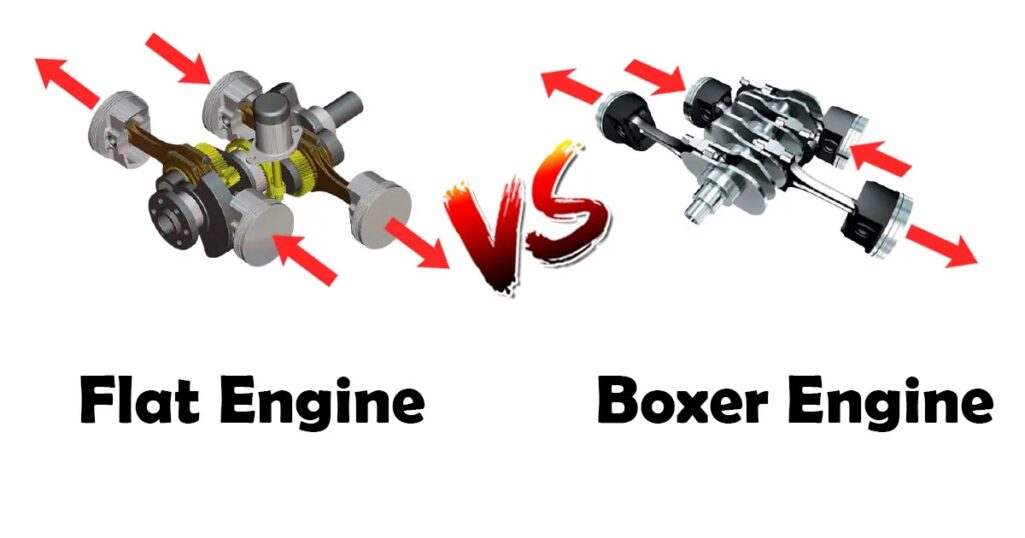
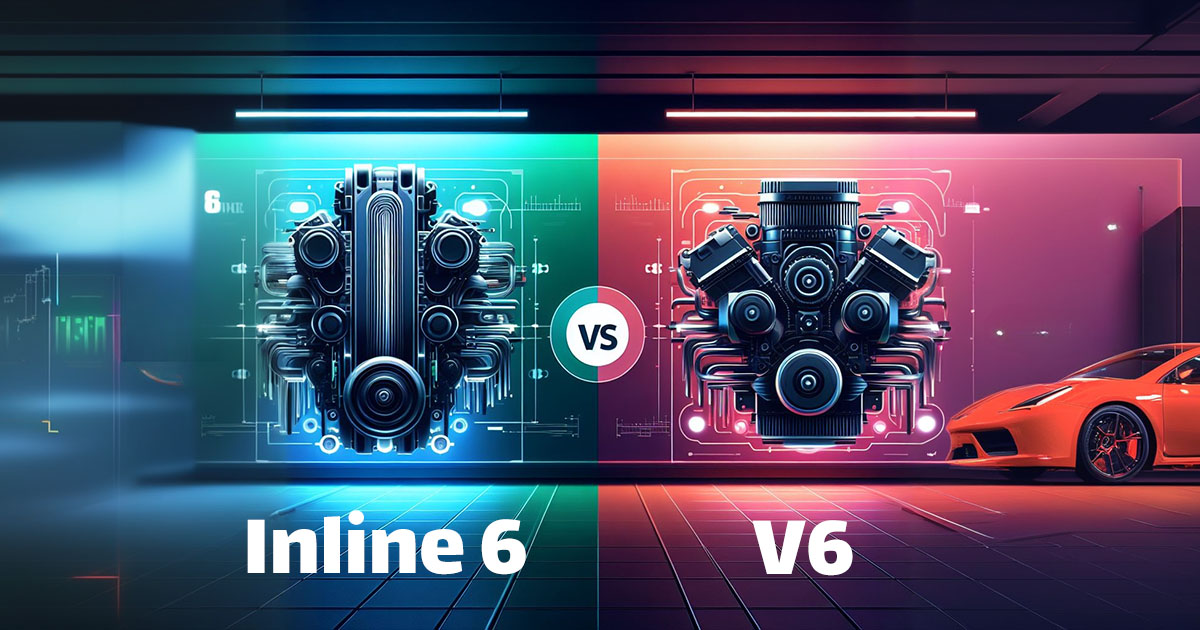

Yeah , BUT , the straight eight inline engines SOUND so much better than Any other layout of a six cylinder engine !
Look up the sounds of an H8. You Will probably change your mind